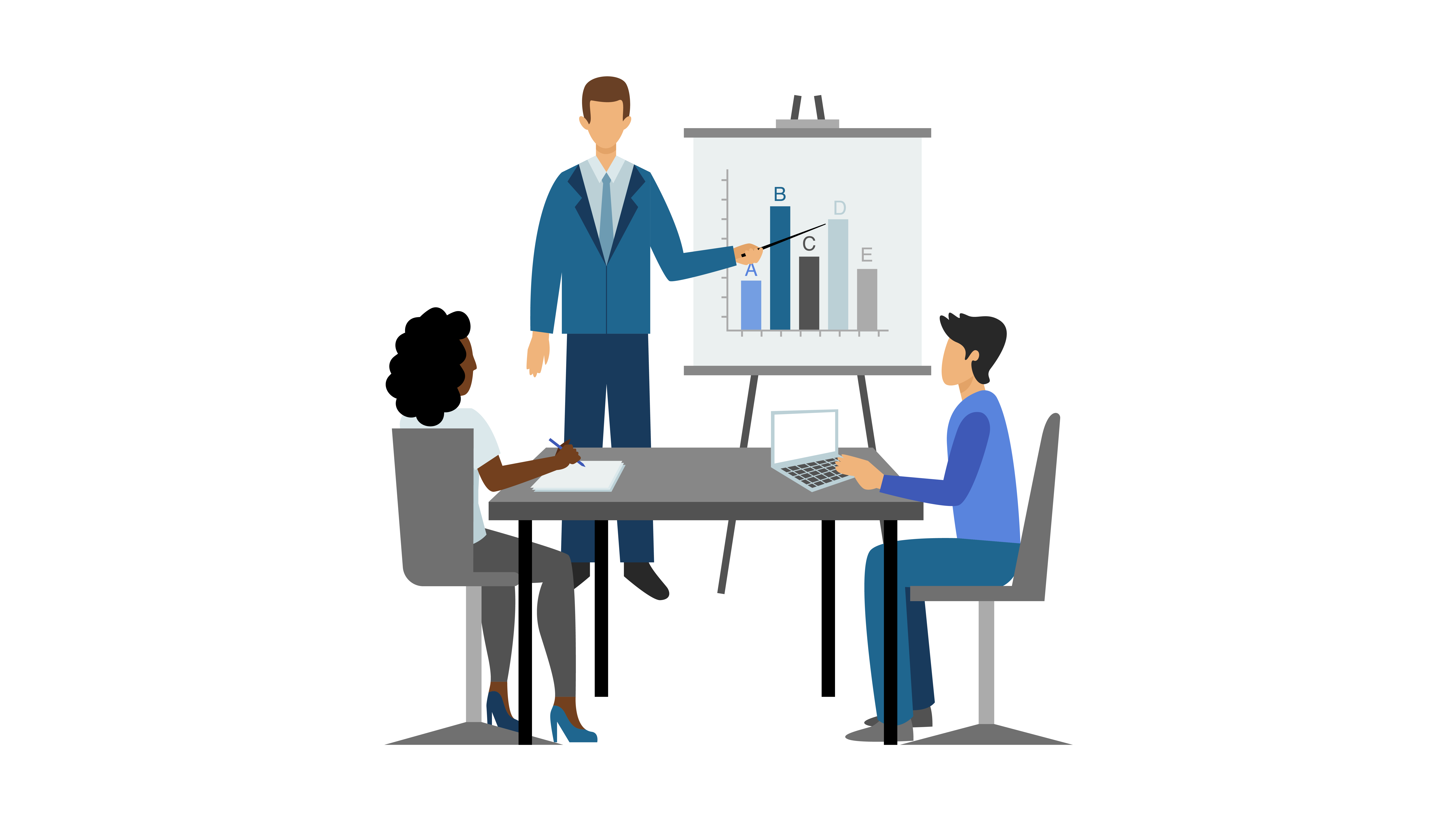All Categories
Featured
Customer data platforms (CDPs) are a vital tool for companies that wish to collect the, organize, and store all customer data in a single data center. The software tools provide more precise and comprehensive overview of the customer which can be used for targeted marketing and customized customer experiences. CDPs also provide a wide range of functions, including data governance as well as data quality along with data formatting, data segmentation, and compliance to ensure that customer data is collected, stored and utilized in a regulated and organized manner. A CDP helps companies interact with customers and puts them at the forefront of their marketing strategies. It also makes it possible to access data from other APIs. This article will explore the benefits of CDPs for businesses.
what is a customer data platform
Understanding the CDP. The customer data platform (CDP), is software that lets companies gather, store and manage customer data from a central location. This provides a more exact and complete view of the customer. This can be utilized for targeted marketing and personalised customer experience.
-
Data Governance: One of the key characteristics of the CDP is its capability to classify, protect and monitor information being added to. This can include profiling, division, and cleansing operations on the incoming data. This ensures that the organization is in compliance with the regulations on data and guidelines.
-
Data Quality: It is crucial that CDPs ensure that the data they collect is of high quality. This involves ensuring that the data has been properly entered and that it meets the desired quality standards. This eliminates the need for storage, transformation and cleaning.
-
Data formatting is a CDP is also available to make sure that data adheres to a specific format. This allows data types like dates to be linked across customer data and ensures consistent and logical data entry. consumer data platform
-
Data Segmentation: A CDP also allows for the segmentation of customer information to gain a better understanding of the different types of customers. This lets you compare different groups to each other and obtain the most appropriate sample distribution.
-
Compliance: The CDP helps organizations manage customer information in accordance with the law. It allows the creation of secure policies, the classifying information according to the policies, and the detection of policy infractions while making marketing decisions.
-
Platform Selection: There's an array of CDPs to choose from, so it's vital to know your requirements before selecting the right one. Consider features like data privacy and the ability of pulling data from other APIs. cdp analytics
-
Putting the Customer in the Center: A CDP permits the integration of real-time customer data. This provides the immediate accuracy of precision, accuracy, and unison which every department in marketing needs to enhance operations and connect with customers.
-
Chat, Billing, and More with a CDP it's easy to understand the context you need for a great discussion, regardless of previous chats and billing or other.
-
CMOs and Big Data CMOs and Big Data: According to the CMO Council 61 percent of CMOs think they're not making the most of big data. The 360-degree view of customers provided by a CDP is a great approach to address this issue and allow for better marketing and customer interaction.
With many various types of marketing innovation out there each one generally with its own three-letter acronym you may wonder where CDPs originate from. Although CDPs are among today's most popular marketing tools, they're not a totally originality. Rather, they're the most recent action in the advancement of how online marketers manage customer data and consumer relationships (Cdp Meaning).

For most marketers, the single biggest value of a CDP is its capability to segment audiences. With the abilities of a CDP, marketers can see how a single consumer communicates with their business's different brands, and identify chances for increased personalization and cross-selling. Of course, there's a lot more to a CDP than division.
Beyond audience segmentation, there are 3 big reasons why your company might desire a CDP: suppression, customization, and insights. One of the most interesting things marketers can do with data is recognize clients to not target. This is called suppression, and it belongs to delivering really customized consumer journeys (Cdp Data Platform). When a customer's unified profile in your CDP includes their marketing and purchase data, you can reduce ads to customers who've currently made a purchase.

With a view of every client's marketing interactions connected to ecommerce data, site check outs, and more, everyone across marketing, sales, service, and all your other groups has the possibility to comprehend more about each customer and deliver more personalized, relevant engagement. CDPs can help marketers address the source of numerous of their biggest day-to-day marketing issues (Customer Data Platform Cdp).
When your information is disconnected, it's more tough to understand your consumers and create meaningful connections with them. As the variety of data sources used by marketers continues to increase, it's more crucial than ever to have a CDP as a single source of truth to bring everything together.
An engagement CDP uses consumer information to power real-time customization and engagement for clients on digital platforms, such as websites and mobile apps. Insights CDPs and engagement CDPs make up the bulk of the CDP market today. Really few CDPs consist of both of these functions similarly. To select a CDP, your business's stakeholders ought to think about whether an insights CDP or an engagement CDP would be best for your requirements, and research study the couple of CDP choices that include both. Cdp Product.
Redpoint GlobalLatest Posts
Understanding the Different Types of CDPs Available
How CDPs Can Help CMOs Leverage Big Data
CDPs and the Role of Data Governance in Compliance